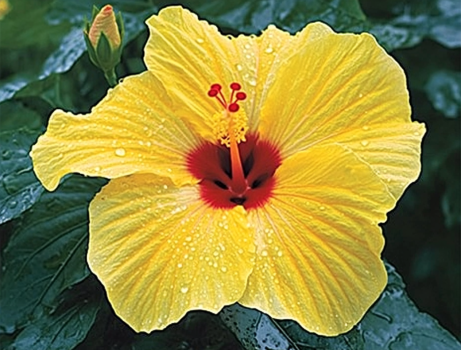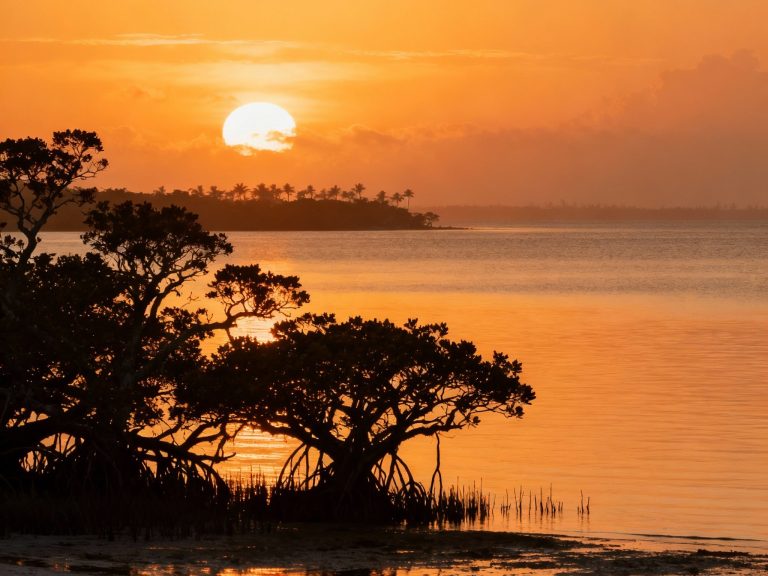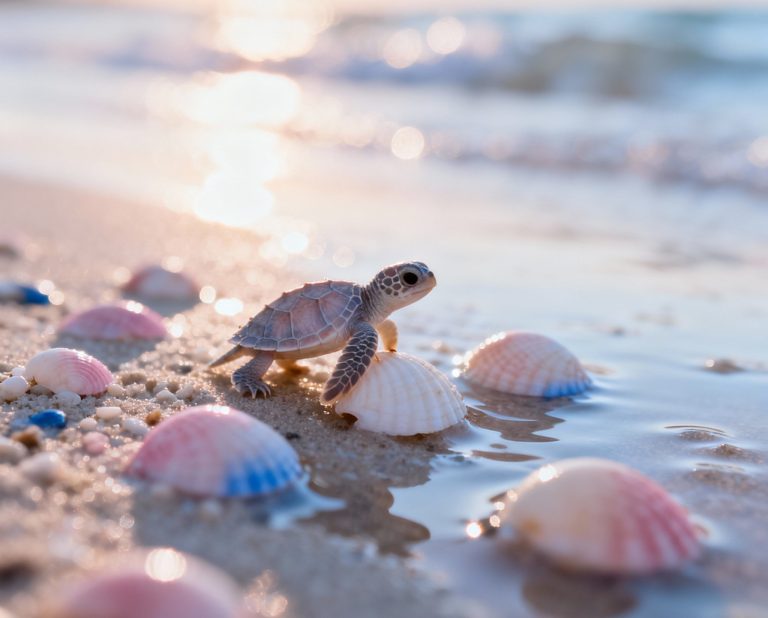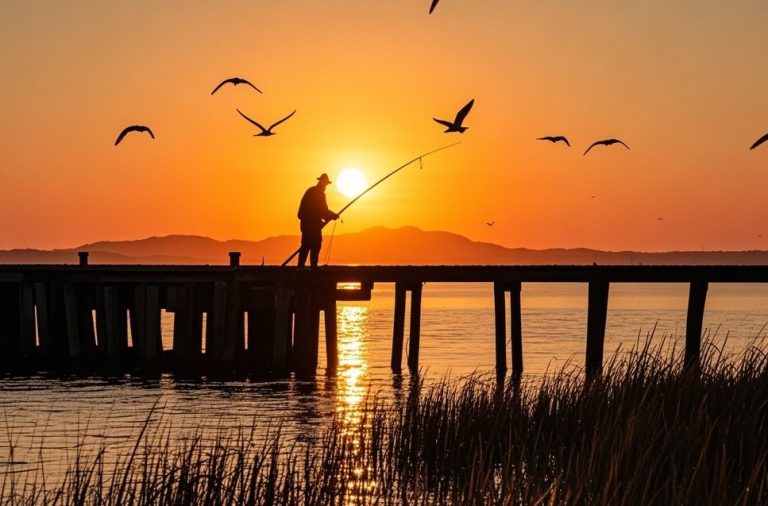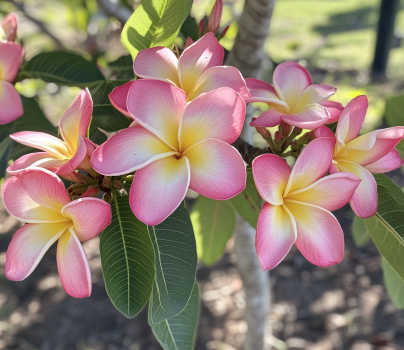
1. The Diversity of Sanibel’s Plant Life
Sanibel Island boasts a rich variety of plant species, with over 200 types of trees and plants thriving in its unique climate. The island is home to both native species and exotic plants that contribute to its lush landscape.
1.1 Coastal Vegetation
The island’s beaches are surrounded by salt-tolerant plants, such as:
- Mangroves: Key to the coastal ecosystem, mangroves help protect the shoreline from erosion and provide habitat for wildlife.
- Sea Grapes: These hardy plants thrive in sandy coastal areas and are known for their bright green leaves and edible grapes.
1.2 Inland Flora
Moving inland, the island showcases a range of plants suited to different environments:
- Palms: Various species of palms, including the sabal palm (Florida’s state tree), can be found across the island.
- Wildflowers: Sanibel is known for its seasonal blooms, with species like beach sunflower and coreopsis adding color and vibrancy to the landscape.
2. The Role of Flora in Sanibel’s Ecosystem
Plants on Sanibel Island are not only beautiful but also vital to maintaining the balance of its ecosystems.
- Wildlife Habitat: Sanibel’s diverse vegetation supports many animals, from birds to marine life, by providing shelter and food.
- Soil Health: Plants like mangroves and sea oats play a significant role in preventing soil erosion and improving soil health.
3. Conservation Efforts to Protect Sanibel’s Flora
Preservation of Sanibel’s natural beauty is a priority for the island’s residents and visitors alike.
- Sanibel-Captiva Conservation Foundation (SCCF): This organization works to protect the island’s natural habitats, including its plant life, through educational programs and conservation projects.
- Regulation of Exotic Species: Efforts are made to limit the spread of non-native species that could disrupt the natural balance of the island’s ecosystem.
Fun Facts:
- Sanibel Island’s unique position in the Gulf of Mexico helps create an ideal environment for the growth of mangroves and other saltwater plants.
- The island is known for its Sea Oats, a protected plant species critical in stabilizing sand dunes along the coast.
- Sanibel’s wildflowers are part of a protected native plant program that promotes biodiversity across the island.
- The island’s palms, particularly the sabal palms, are significant for Florida’s identity and can be seen in many of the island’s scenic views.
Conclusion:
Sanibel Island’s rich diversity of plant life is a vital part of its natural charm and ecological balance. From the coastal mangroves to the inland wildflowers, every plant species plays a role in maintaining the island’s unique environment. Preservation efforts ensure that this beauty continues to thrive for generations to come, offering both a haven for wildlife and a scenic paradise for visitors.
Thank you for exploring the flora of Sanibel Island with us! 🌿🌺 We hope you’ve learned something new about the island’s diverse and vibrant plant life. 🌞 If you have more questions or need tips on your next visit, feel free to reach out! 🌱
Credit to @SCCFSanibelCaptiva
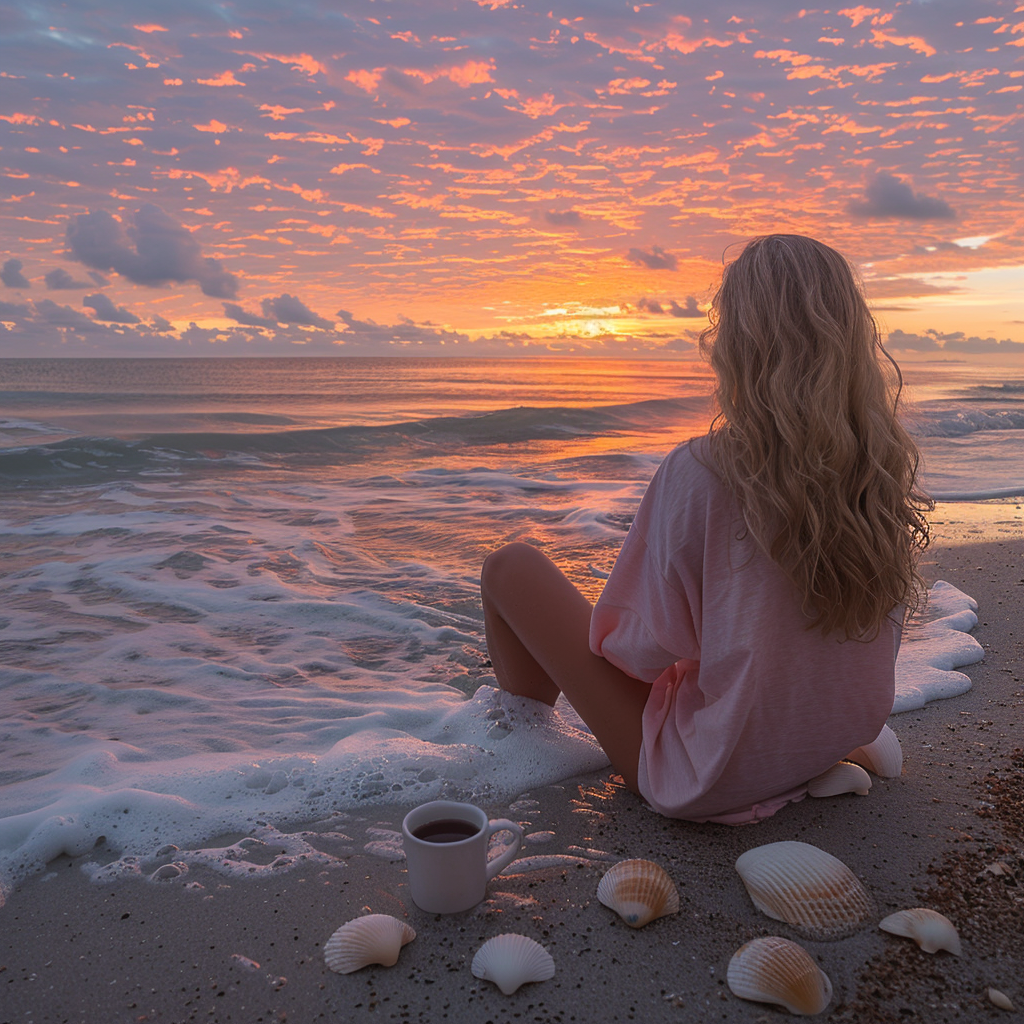
I’m Ayla Wolesky, and I’ve spent years exploring every corner of Sanibel Island. From its pristine beaches to the hidden gems only locals know about, I’m passionate about sharing everything this beautiful island has to offer. Whether it’s the best spots for shelling, the wildlife that makes Sanibel so special, or where to enjoy a perfect sunset, I’ve got you covered. My goal is to provide insider tips and up-to-date information that will help you experience Sanibel Island like never before.


